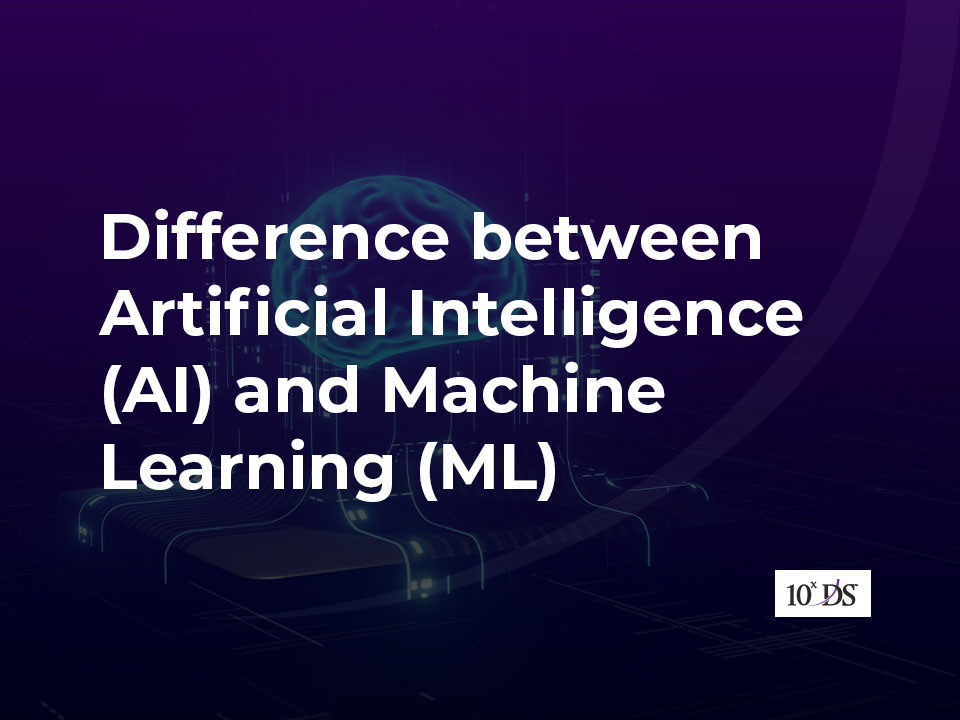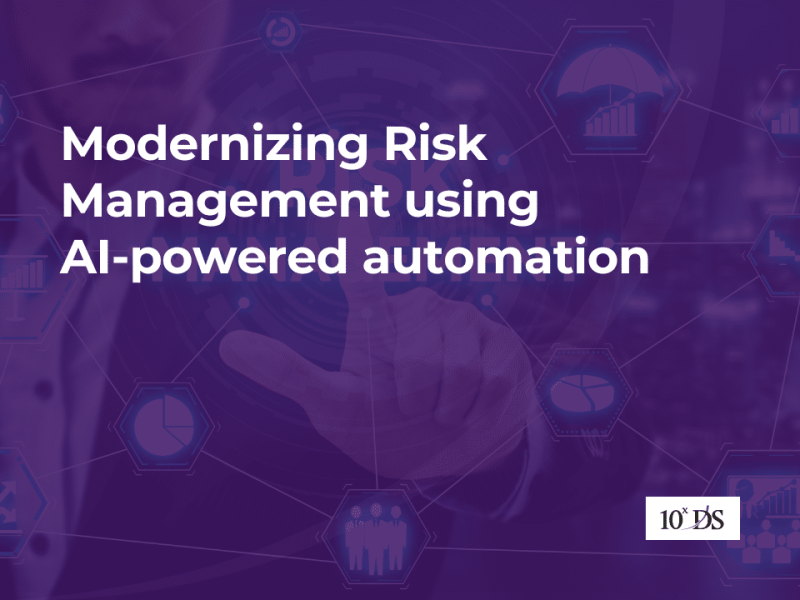
Difference between Artificial Intelligence (AI) and Machine Learning (ML)
Emerging Technologies like Machine Learning, Artificial Intelligence, and Deep Learning have been creating a lot of buzz in the field of technology over the years. These advanced and innovative technologies have helped several organizations and businesses to uncover data and streamline processes. This has in turn allowed organizations to make smarter and better business decisions.
Technologies like Artificial Intelligence and Machine Learning have helped several industries to work smarter and increase efficiency. It is safe to assume that Machine Learning and Artificial Intelligence have started to become essential requirements for businesses if they want to stay on top of competitors.
The Increasing Popularity of Artificial Intelligence and Machine Learning
Machine Learning and Artificial Intelligence are actually responsible for innovative capabilities like virtual assistants at homes, medical diagnosis of illness, personalized online shopping experiences, and the facial recognition feature on mobile devices.
A report submitted by Gartner revealed that the number of Artificial Intelligence projects in an organization is expected to increase by three times or more in the next couple of years. Since AI and ML are closely related technologies, several businesses often use the terms distinguishably. This can lead to confusion if you don’t have a clear understanding of these two technologies.
What Is Artificial Intelligence
In simple words, Artificial Intelligence can be defined as a term, which is used to define a computer science branch that focuses on building intelligent machines that will react and work just like humans. Artificial Intelligence has multiple characteristics and varieties and some of them are limited memory intelligence, reactive intelligence, self-aware AI, and theory of mind.
Reactive Intelligence is a type of AI that will react only to certain inputs. It is not capable of learning from past experience to make informed and better decisions. On the other hand, Limited Memory Intelligence is capable of studying past data and it can even make decisions based on them.
Theory of Mind AIs can understand human emotions and socialize. This means that these types of AIs will be able to interact with us just like humans. Finally, Self-Aware AI can be described as sentient and super-intelligence machines with a certain consciousness level. We haven’t been able to reach the technology level required to build self-aware machines yet.
What Is Machine Learning
Machine Learning can be defined as the ability of a machine to learn with the help of advanced algorithms. We will be able to teach machines to recognize objects, patterns, and other types of input data that users provide to a device. In other words, Machine Learning is actually an application of AI, which offers systems the ability to learn and improve from previous experience even without programming explicitly.
The technology of Machine Learning greatly focuses on developing computer programs, which will be able to access and use data for learning. This means that the primary goal is to allow computers to learn automatically without assistance or intervention from humans. Machine Learning can be divided into three separate categories and are Supervised Learning, Reinforcement Learning, and Unsupervised Learning.
As the name indicates, supervised machine learning algorithms will be trained on small data sets, which must be labelled by humans. On the other hand, Unsupervised Machine learning algorithms don’t have to be labelled by humans. Lastly, Reinforcement Learning relies on an algorithm that is capable of improving itself by using a trial-and-error method.
Striking Differences Between Machine Learning and Artificial Intelligence
Artificial Intelligence is an advanced technology that enhances the ability of a computer to mimic human intelligence with machine learning logic, decision trees, and a set of rules. Machine Learning, which is a subset of AI enables a machine to learn from previous data automatically without being explicitly programmed.
AI focuses greatly on improving the success percentage while Machine learning puts more focus on improving algorithms to ensure greater accuracy.
The ultimate aim of Machine Learning is to considerably improve the performance of a machine for certain tasks that are based on data. On the other hand, the primary goal of AI is to simulate human-like conditions to solve complex problems.
The system will learn from its own set of data when it comes to Machine Learning, which means that the system will not be making any decisions on its own. However, in the case of Artificial Intelligence, the system will be making smart decisions.
Two major subsets of AI are Machine Learning and Deep Learning. One of the main subsets of Machine Learning is Deep Learning. AI also has a wide range of scope when compared to Machine Learning, which has relatively less scope.
Speech recognition, computer vision, handwriting recognition, and optical character recognition are some of the major applications of AI. Similarly, the major applications of Machine Learning are self-driving cars, image recognition, virtual personal assistant, and more.
Conclusion
So, we have learned in brief about Artificial Intelligence, Machine Learning and their differences. These technologies are evolving steadily, benefitting businesses and end-users in their everyday lives.
Talk to our expert team to help you with the perfect AI technology adoption that suits the needs of your business to enhance your ROI, optimize team and individual performance.


